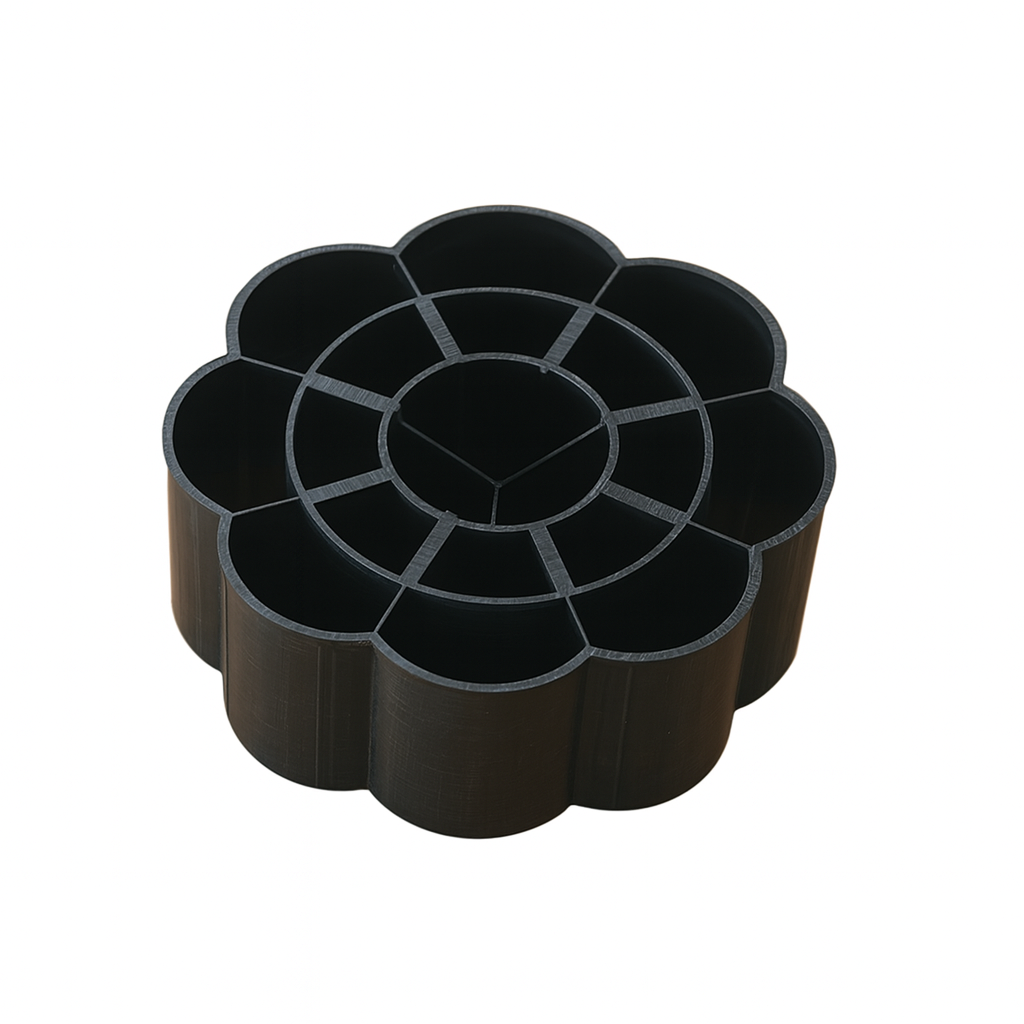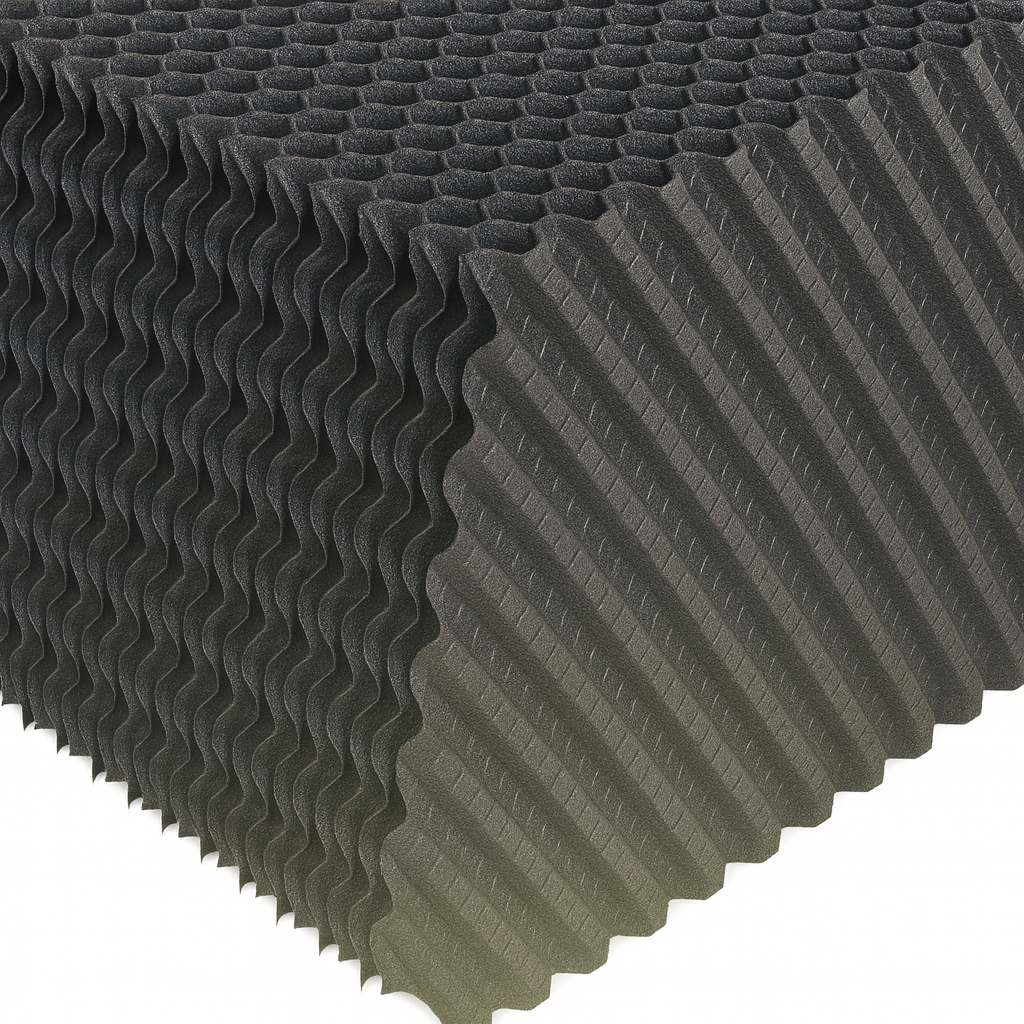Trickling Filter: Design, Process, and Performance Explained
Wastewater treatment is a crucial step in protecting both public health and the environment. Among the various biological treatment methods, the trickling filter stands out for its simplicity, reliability, and natural aeration process. This system uses microorganisms attached to a fixed medium to break down organic matter, offering an effective and low-maintenance solution for both small decentralized systems and large-scale treatment plants.
In this article, we’ll explore how the trickling filter works, its treatment process, the different types of media used, and its performance in removing organic pollutants. We’ll also discuss its advantages and limitations to help you understand why this technology continues to be a practical choice in modern wastewater management.
1. Overview of the Trickling Filter Process
A trickling filter is a secondary wastewater treatment system that follows the primary treatment stage. Primary treatment removes solids through screening and sedimentation before the water reaches the filter.
In a typical setup, wastewater enters a cylindrical basin through a feed pipe that leads to a rotating sprinkler. The sprinkler distributes wastewater evenly over a filter bed filled with media such as rocks, gravel, or plastic materials. As the water trickles down, aeration occurs naturally through upward air movement — no blowers or mechanical aeration systems are needed.
This process allows aerobic microorganisms to grow on the media surface, forming a biofilm that consumes organic matter. The treated water then flows to a secondary settling tank, where the biological sludge settles, and the clarified water moves on to further treatment (for example, chlorination to remove pathogens).
2. The Biological Treatment Mechanism
The trickling filter operates as an aerobic attached-growth process.
Inside the media bed, microorganisms — including bacteria, protozoa, and fungi — attach to the surface and form a biofilm. As wastewater passes over the media, these microbes consume organic pollutants, significantly reducing BOD (Biochemical Oxygen Demand) and COD (Chemical Oxygen Demand).
Because aeration occurs naturally through the chimney or stack effect, air circulates upward between the media voids due to temperature and density differences. This natural ventilation eliminates the need for energy-intensive blowers.
3. Filter Media Types
The media provide the surface where biofilm develops. The lecture describes several media options:

Rock or Gravel Media
Traditional and inexpensive, but heavy and limited in surface area.

Pack Flower Plastic Media
The most common in compact systems. It has a flower-shaped design that maximizes surface area and provides excellent air and water circulation. Lightweight, rigid, and corrosion-resistant, it promotes healthy biofilm growth.

Bio-Block Filter Media
Cylindrical modular blocks made from high-density plastic. They offer better packing, higher surface area, and easier installation than stone media. However, because plastic floats, it requires anchoring and support systems.

Cross-Flow Media
Composed of corrugated plastic sheets arranged in alternating directions, allowing crosswise air and water flow. This design improves oxygen transfer, biofilm formation, and overall treatment efficiency.
4. Application in Small and Large Systems
Trickling filters are suitable for both decentralized (on-site) systems and large wastewater treatment plants (WWTPs).
In Small Systems (DEWATS)
A decentralized wastewater treatment scheme usually includes:
- Primary Treatment – using a septic tank or an Anaerobic Baffled Reactor (ABR) to remove solids and fats, oils, and grease (FOG).
- Secondary Treatment – the trickling filter, which reduces BOD and COD through biological degradation.
- Tertiary Treatment – simple chlorination using a dosing pump and solution tank for disinfection.
This setup is ideal for small communities, buildings, or emergency applications.
In Large WWTPs
The same concept scales up:
- Primary Sedimentation Tanks – circular or rectangular, preceded by screening units.
- Secondary Trickling Filter – for organic matter removal.
- Chlorination Units – often using chlorine gas for disinfection before final discharge.
5. Performance of Trickling Filters
Typical performance levels include:
- BOD removal: 65–90%
- Nitrogen removal: less than 30% (limited by the absence of an anoxic stage)
- Suspended solids removal: high, especially after secondary sedimentation
- Pathogen reduction: moderate; tertiary disinfection is needed for safe reuse or discharge
6. Advantages and Disadvantages
Advantages
- Simple, reliable, and fully biological process
- No mechanical blowers or complex equipment
- Low energy consumption
- Suitable for small to medium communities
- Rapid BOD reduction
- Requires only moderate operational skill
Disadvantages
- May not meet strict treatment standards without additional stages (especially for nitrogen)
- Requires regular operator attention
- Risk of clogging if solids are not adequately removed during primary treatment
- Possible ponding (surface water accumulation)
- Odor and vector issues due to open wastewater exposure
7. Conclusion
The trickling filter is an efficient, low-maintenance biological treatment method that uses natural aeration and attached microbial growth to remove organic matter from wastewater. While it has limitations in nitrogen removal and potential maintenance issues, its simplicity and reliability make it a practical choice for both decentralized and large-scale wastewater treatment systems.
You can watch the full lecture on YouTube here:
